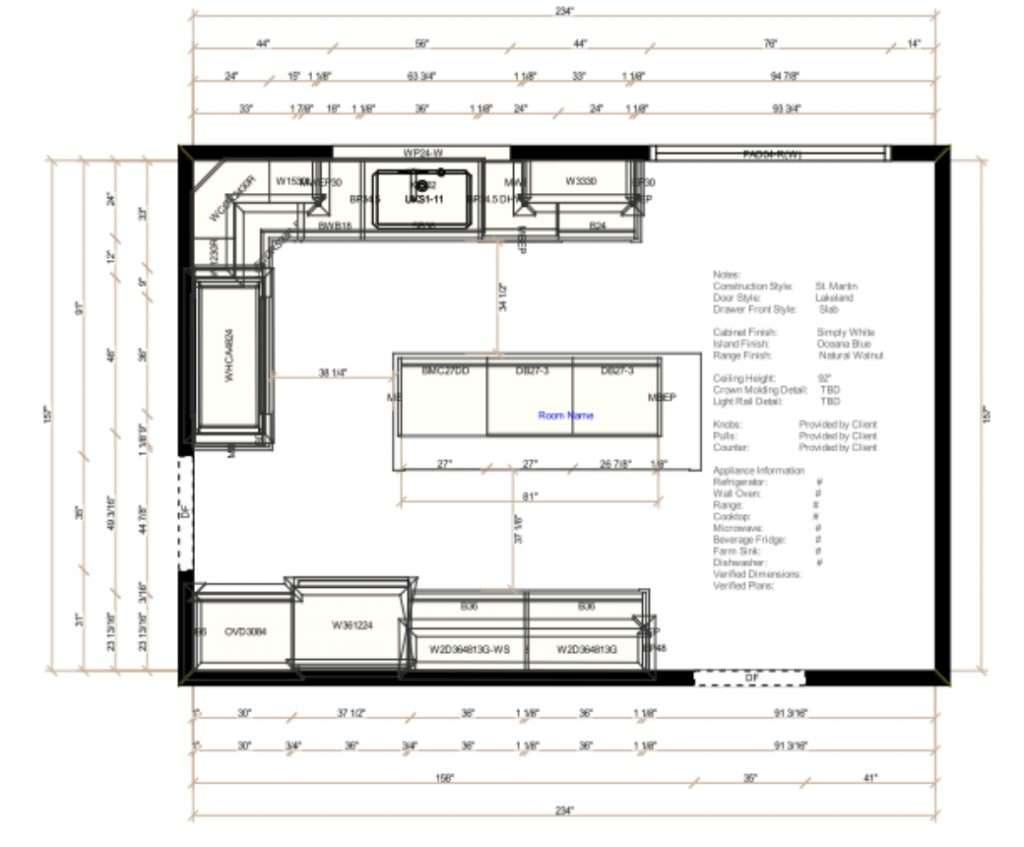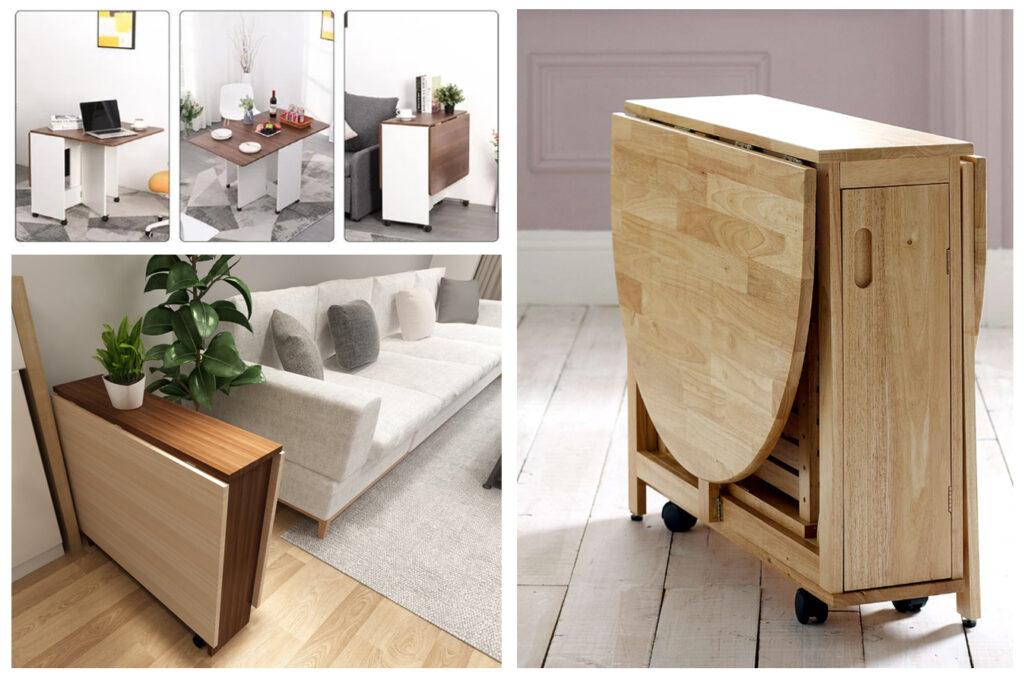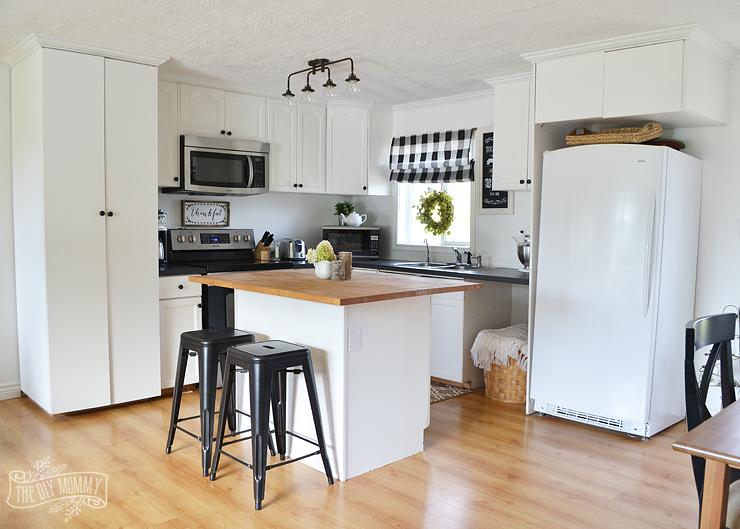When it comes to entertaining, the kitchen often serves as the heart of the home—a space where culinary creations come to life and gatherings take shape. However, a guest-friendly kitchen goes beyond mere functionality; it invites warmth, fosters conversation, and enhances the overall dining experience. The design of this essential space can significantly influence how comfortably your guests feel, whether they are mingling over cocktails or watching you prepare a meal. In this article, we’ll explore a variety of design tips aimed at transforming your kitchen into an inviting environment that balances practicality with aesthetic appeal. From optimizing layout and choosing versatile furnishings to incorporating thoughtful touches that encourage social interaction, these suggestions are tailored to inspire you in creating a kitchen that not only accommodates, but delights. Embrace the opportunity to elevate your cooking and hosting experience by crafting a space where everyone feels welcome, making each gathering an occasion to remember.
Table of Contents
- Enhancing Flow and Accessibility in Kitchen Layouts
- Incorporating Multi-Functional Furniture for Versatile Spaces
- Optimizing Storage Solutions for a Tidy and Functional Environment
- Selecting Aesthetic Elements to Create a Welcoming Atmosphere
- Insights and Conclusions
Enhancing Flow and Accessibility in Kitchen Layouts

Creating a kitchen that flows seamlessly can significantly enhance the experience for both the host and their guests. Ensure clear pathways by arranging major appliances and work zones in a triangle layout, which not only optimizes efficiency but also promotes natural movement throughout the space. Consider the following essentials when planning your kitchen layout to improve accessibility:
- Wide walkways: Aim for at least 42 inches between counters and islands to facilitate easy passage.
- Convenient storage: Position commonly used items within arm’s reach to minimize clutter and time spent searching.
- Multi-function islands: Utilize kitchen islands not only for food prep but also as casual dining or entertaining spaces.
Additionally, integrating seating options can transform your kitchen into a welcoming social hub. Incorporate seating while maintaining a functional layout, ensuring the flow isn’t hampered by large furniture. A strategic arrangement provides both comfort and accessibility. Here’s a simple guide for placing seating options:
| Seating Option | Placement Tips |
|---|---|
| Bar Stools | Position at the island’s edge for interactive gatherings. |
| Bench Seating | Place against walls to save space while accommodating more guests. |
| Dining Chairs | Keep around a table with enough room for easy movement. |
Incorporating Multi-Functional Furniture for Versatile Spaces

In a kitchen designed for entertaining, the integration of multi-functional furniture can transform everyday tasks into a seamless and enjoyable experience. Consider a kitchen island that serves multiple purposes: it can function as a work surface, dining area, or even a storage hub. Folding or extendable tables are ideal for adapting to various guest numbers, ensuring ample space for both cooking and dining. Bar stools or bench seating can provide additional seating options while keeping the space open and inviting. By selecting items that can easily shift roles, you enhance the kitchen’s functionality while maintaining a cohesive aesthetic.
Smart storage solutions are essential in a versatile kitchen. Utilize multi-tiered shelving or cabinets with pull-out features to maximize space without compromising accessibility. You might also consider incorporating furniture like ottomans with hidden storage to tuck away cooking essentials or soft furnishings that can double as additional seating when needed. Key elements to keep in mind include:
- Adaptability: Choose pieces that can easily change functions.
- Style: Ensure that furniture complements your kitchen’s design.
- Comfort: Opt for seating that encourages guests to linger.
Here’s a quick comparison of different furniture types that can be integrated:
| Furniture Type | Function | Consideration |
|---|---|---|
| Kitchen Island | Prep, dine, store | Size and shape for space |
| Folding Table | Extendable dining | Chairs to match |
| Storage Ottomans | Seating, storage | Comfort and fabric |
Optimizing Storage Solutions for a Tidy and Functional Environment
To create a guest-friendly kitchen, implementing effective storage solutions is paramount for fostering a clean and functional environment. Begin by assessing your available space and identify areas where clutter tends to accumulate. Consider incorporating multi-functional furniture like an island with built-in shelves, which can serve as both a prep area and additional storage. Utilize vertical space by installing shelves or wall-mounted racks for frequently used items such as pots, pans, and utensils. This strategy not only enhances accessibility but also contributes to a more open and inviting atmosphere.
Moreover, organizing your kitchen essentials in designated zones can significantly improve efficiency when entertaining. Use clear containers or baskets to categorize similar items, making it easy for guests to find what they need. Below is a simple table highlighting ideal storage solutions for common kitchen items:
| Item Type | Recommended Storage Solution |
|---|---|
| Cookware | Lazy Susan or pull-out drawers |
| Cutlery | Drawer dividers |
| Spices | Magnetic spice jars on the fridge |
| Appliances | Cabinet organizers |
the right combination of innovative storage solutions and thoughtful organization can transform your kitchen into an efficient, guest-friendly space that encourages interaction and enjoyment. This seamless setup not only keeps your kitchen orderly but also enhances the overall entertaining experience.
Selecting Aesthetic Elements to Create a Welcoming Atmosphere
To foster an inviting environment in your kitchen, prioritize a harmonious blend of color, texture, and décor that resonates with warmth and comfort. Soft, neutral tones like beige, soft yellows, or gentle pastels can create a peaceful backdrop, allowing vibrant accessories to pop. Consider the use of materials such as natural wood, which imbues a sense of coziness, and ceramic tiles that add a touch of elegance. Layering textures through textiles—like plush kitchen towels, patterned rugs, or organic cotton tablecloths—contributes to a relaxed atmosphere, making guests feel instantly at home.
Incorporating decorative elements like plants and artwork also enhances the ambiance. A simple arrangement of fresh herbs on the window sill not only elevates the aesthetic but also infuses the space with delightful fragrances. Furthermore, thoughtfully selected art pieces or family photos can provide personal touches that spark conversation. Here’s a sample of aesthetically pleasing elements to consider:
| Element | Purpose |
|---|---|
| Fresh herbs | Adds color and fragrance |
| Textured rugs | Warmth and comfort underfoot |
| Artwork | Personalizes the space |
| Bright dishware | Injects life into the kitchen |
Insights and Conclusions
designing a guest-friendly kitchen entails a careful blend of functionality and aesthetics, ensuring that your space is not only efficient for everyday cooking but also inviting for entertaining. By considering elements such as an open layout that encourages conversation, strategic appliance placement for seamless workflow, and thoughtful decor that reflects your personal style, you can create an atmosphere that delights your guests and makes them feel at home.
Remember, the true essence of a guest-friendly kitchen lies in its ability to foster connections—whether it’s through shared cooking experiences or the joy of enjoying a meal together. As you embark on your design journey, keep in mind the importance of comfort, accessibility, and warmth. With these design tips in hand, your kitchen will not only function as a culinary hub but also as a gathering place where memories are made and laughter echoes long after the last dish is served. Transform your kitchen into a welcoming haven that celebrates the art of entertaining, and you’ll create a space that your guests will cherish as much as you do.



